Raising a tiny tot is an adventure filled with joy, laughter, and a myriad of tiny treasures. As children grow, their fascination with small trinkets and jewelry begins to blossom. From heirloom pieces passed down through generations to whimsical accessories that capture their imaginations, these cherished belongings deserve a special place for safekeeping. Enter the realm of toddler jewelry boxes—tiny treasure chests designed to enchant little ones while teaching them the value of organization and care. In this guide, we delve into the world of selecting the perfect jewelry box for your toddler, considering factors such as safety, design, functionality, and educational value.
When it comes to toddlers and jewelry boxes, safety is paramount. Look for boxes made from non-toxic materials, avoiding lead or BPA-containing plastics. Soft edges and corners are crucial to prevent accidental bumps and bruises during playtime. Hinges should be slow-closing or have safety stops to protect tiny fingers from getting pinched. Additionally, ensure that any decorations or embellishments are securely attached, minimizing the risk of choking hazards. Remember, a jewelry box is not just a decorative item; it’s a daily companion that needs to prioritize your child’s well-being.
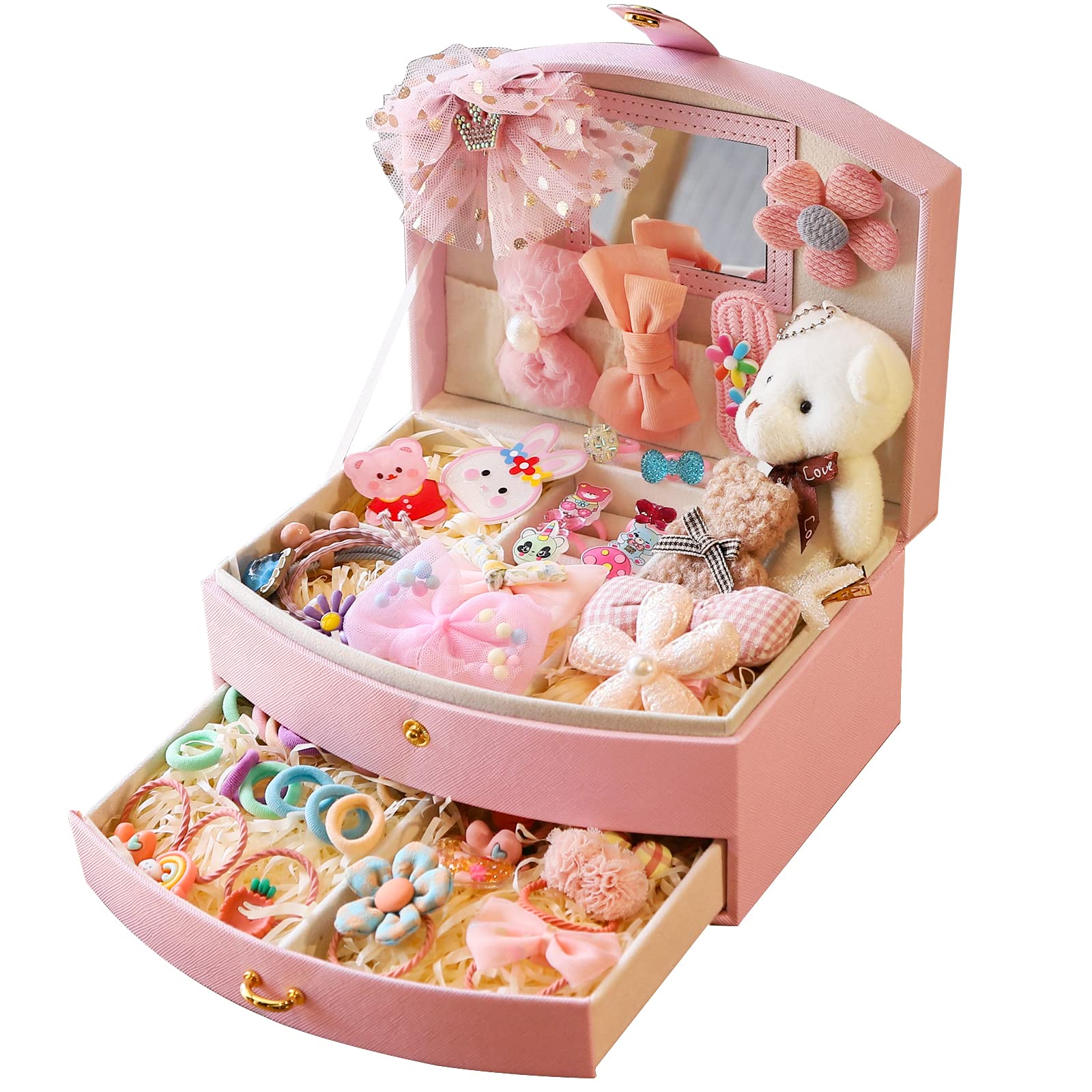
Design Delights: Capturing Imagination
A toddler’s world is one of fantasy and wonder. A jewelry box that reflects this, adorned with their favorite cartoon characters, animals, or magical themes, can ignite their imagination. Consider boxes with vibrant colors, playful shapes, and perhaps even musical elements that play a gentle lullaby when opened—adding an element of surprise and delight. Personalization options like engraved names or birthdates can also make the box feel uniquely theirs, fostering a sense of ownership and responsibility.
Function Meets Fun: Practicality in a Tiny Package
While aesthetics matter, practicality is key. Seek out boxes with compartments of various sizes to accommodate different types of jewelry. This not only helps with organization but also teaches categorization skills. Magnetic closures or simple clasps are easier for small hands to manage independently, fostering self-reliance. Some boxes include a mirror, which can be a fun addition for toddlers who love to imitate adults during dress-up play.
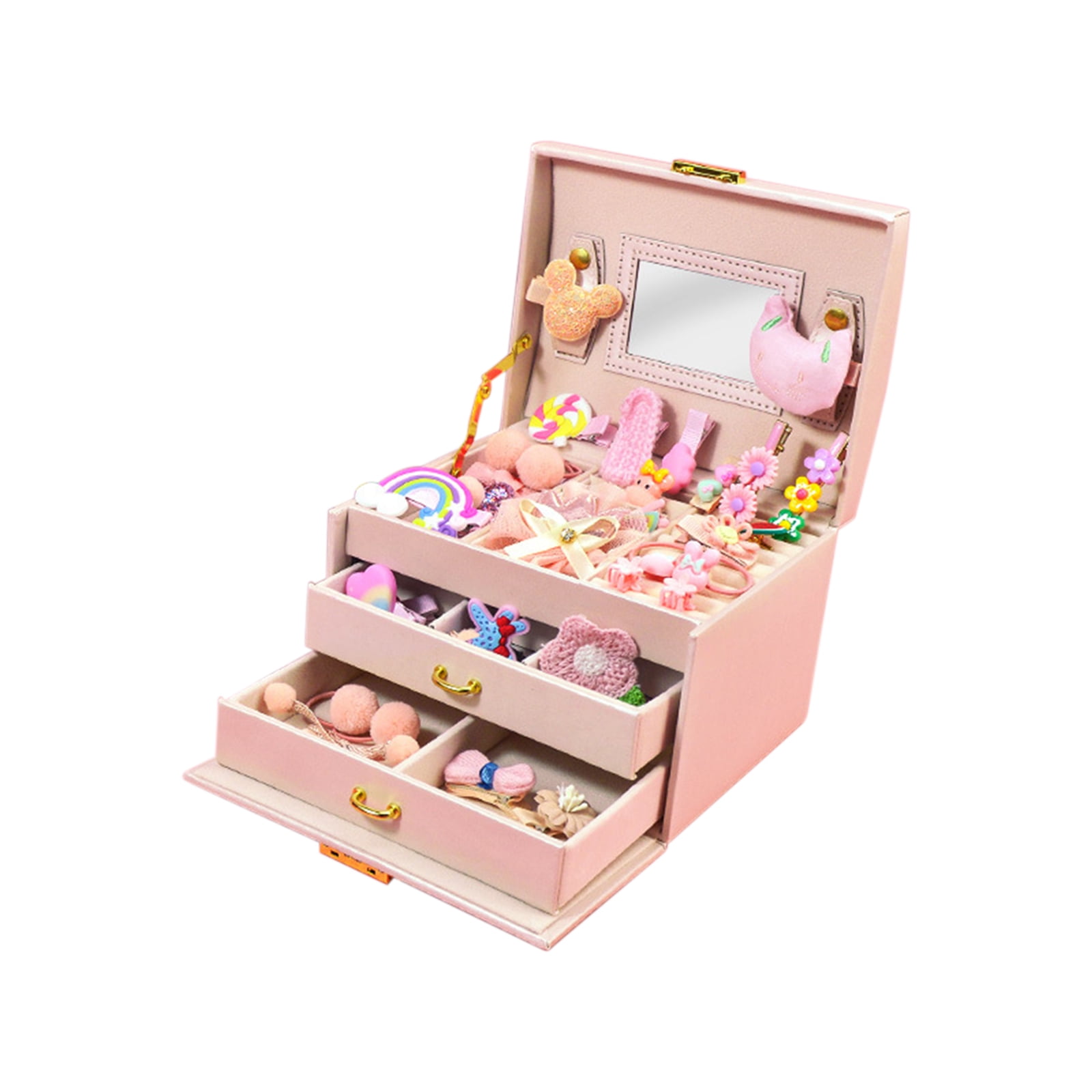
Educational Value: Lessons Beyond the Box
Choosing a jewelry box presents an opportunity for teaching moments beyond storage. It can be a tool for introducing concepts of responsibility, as toddlers learn to put away their jewelry after use. Encourage them to choose their accessories for the day, fostering decision-making skills. Moreover, using a jewelry box can instill a sense of appreciation for personal items and the importance of taking care of belongings, laying the groundwork for future life skills.
Durability Matters: Withstand the Test of Time (and Play)
Toddlers are known for their boundless energy and sometimes rough play. Thus, the ideal jewelry box should be sturdy enough to withstand frequent use and accidental drops. Materials like solid wood or high-quality plastic can offer durability without compromising on safety. Opt for boxes with reinforced bottoms and sturdy hinges to ensure longevity. Remember, investing in a durable piece means it can potentially become a keepsake they’ll cherish long into adulthood.
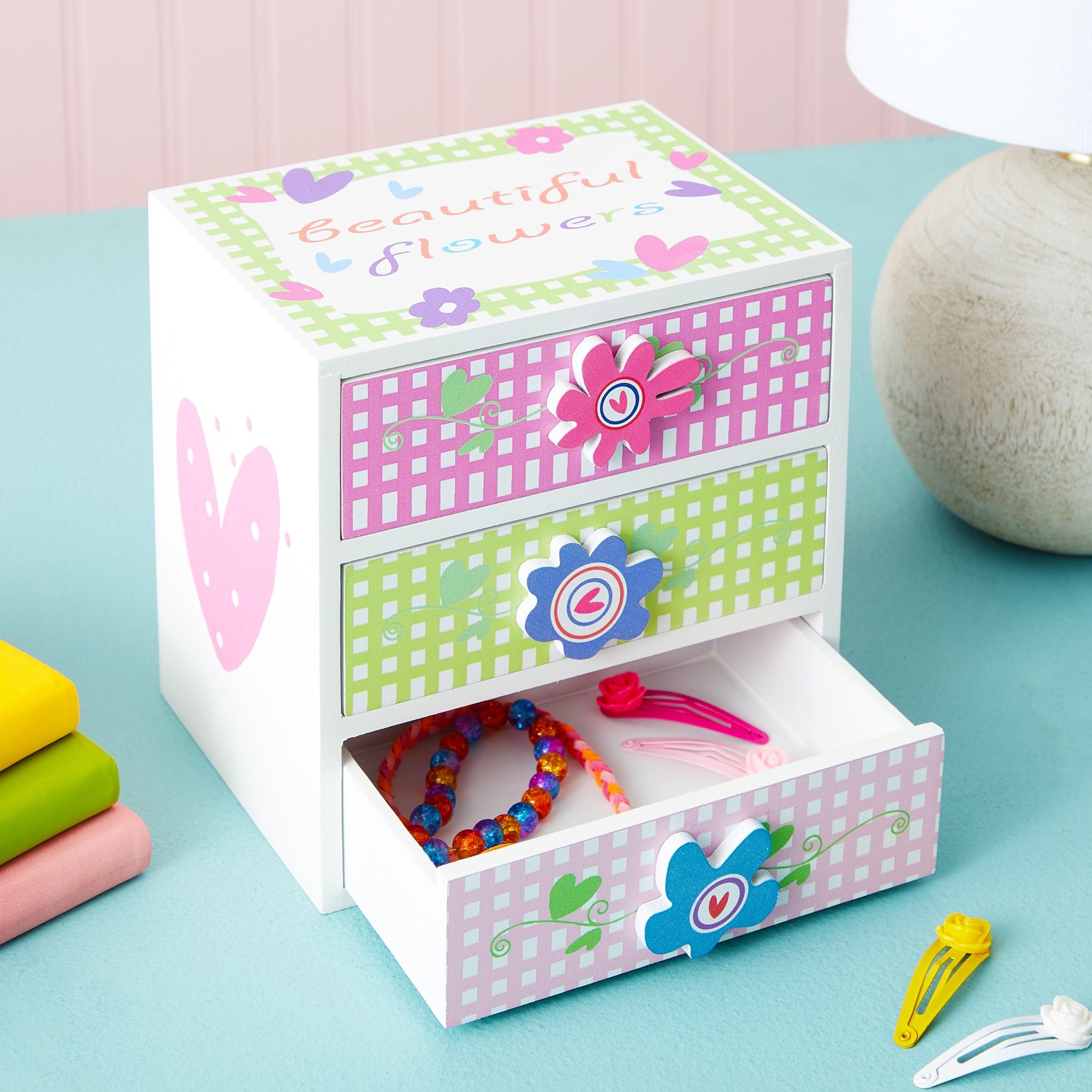
The Magic of Storytelling: Connecting Emotionally
Jewelry boxes often hold sentimental value, especially those that come with a story. Selecting a box with a tale behind its design or one that you can create a narrative around can enhance its appeal. Whether it’s a fairy-themed box that inspires tales of enchanted forests or a box shaped like a castle that sparks stories of knights and princesses, storytelling adds an emotional depth that makes the jewelry box more than just an object.
Inclusivity and Diversity: Reflecting the World Around Us
Representation matters, even in the smallest of choices. Look for jewelry boxes that celebrate diversity and inclusivity, featuring a range of characters and designs that mirror the world’s rich tapestry. This not only fosters a sense of belonging in children but also promotes empathy and understanding from an early age. A jewelry box that reflects their identity or represents someone they admire can be a powerful source of inspiration.
Eco-Friendly Options: Sowing Seeds of Sustainability
As we strive towards a greener future, consider eco-friendly alternatives when choosing a jewelry box for your toddler. Recycled materials, sustainable woods, or even upcycled products can make for unique and environmentally conscious choices. Not only do these options reduce the carbon footprint, but they also introduce children to the concept of sustainability, sowing seeds of environmental responsibility from a young age.
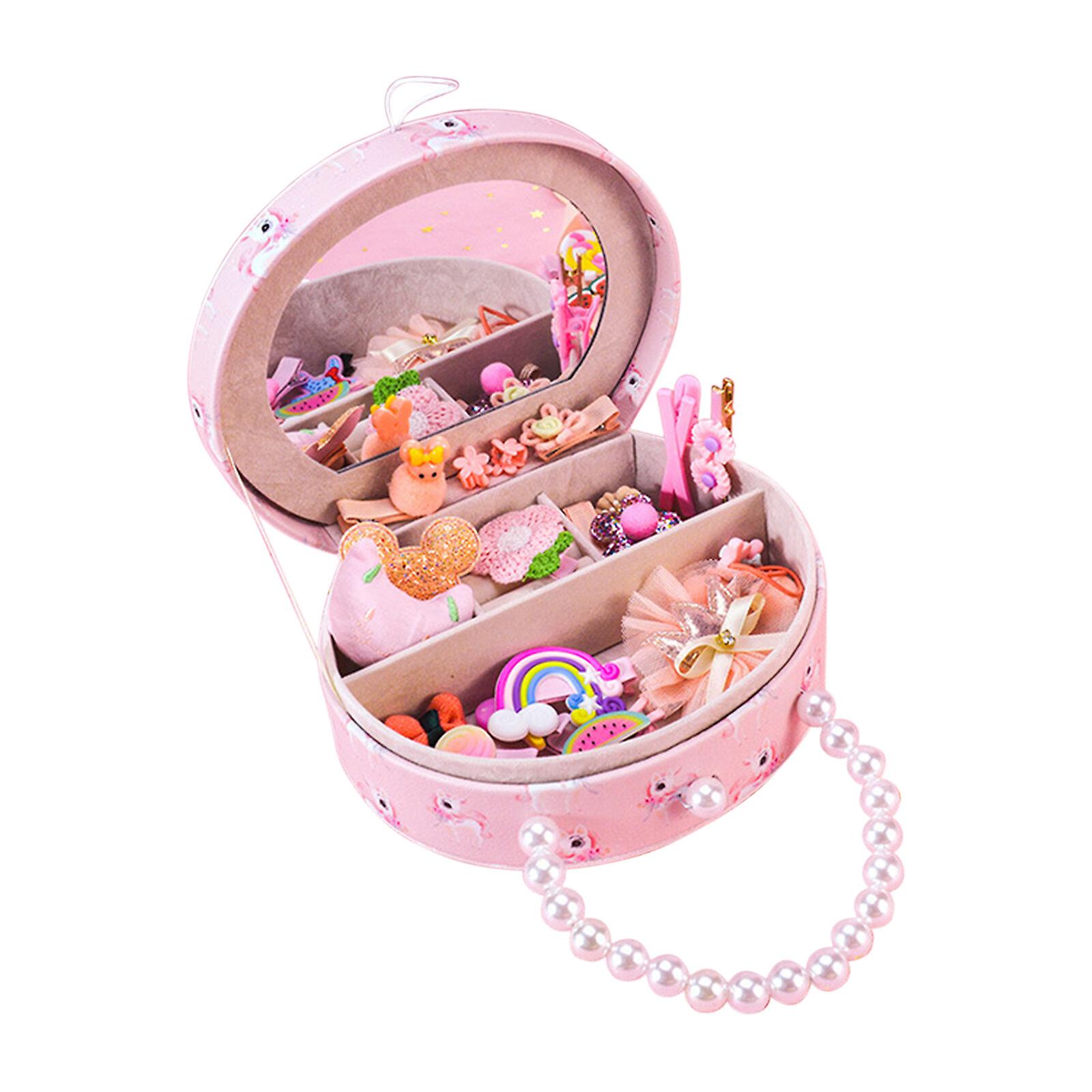
The Gift of Giving: Creating Memories to Last
Finally, presenting a toddler with their very own jewelry box can be a memorable experience, especially if it’s wrapped up as a special gift. Be it for a birthday, holiday, or simply a ‘just because’ present, the act of giving a jewelry box can create a cherished memory. Include a small piece of jewelry inside to start their collection, making the moment even more special. As they grow, the box will serve as a tangible reminder of these early years, holding not just jewelry but a treasure trove of memories.
The Art of Storytelling Through Jewelry: Sparking Creativity and Emotional Bonds
Jewelry isn’t merely about adornment; it holds stories, emotions, and memories within its gleam. Encouraging toddlers to associate each piece in their jewelry box with a unique tale can foster creativity and strengthen emotional connections. This article explores how parents can weave narratives around the jewelry, turning everyday wear into opportunities for imaginative play and storytelling sessions. We’ll discuss ways to create personalized stories based on the jewelry’s design, origin, or the special occasions it was worn for, nurturing a child’s emotional intelligence and language development.
DIY Jewelry Box Projects: Crafting Memories Together
For the crafty parent or caregiver, a homemade jewelry box offers a personal touch and a fun bonding activity. This guide outlines step-by-step DIY projects suitable for various skill levels, using materials ranging from cardboard and felt to upcycled wooden boxes. We’ll highlight ideas for decorating the box with a toddler’s favorite colors, stickers, or handprints, creating a one-of-a-kind keepsake that reflects their personality. Each project includes safety precautions and tips for involving your toddler in the creative process, fostering their fine motor skills and a sense of accomplishment.
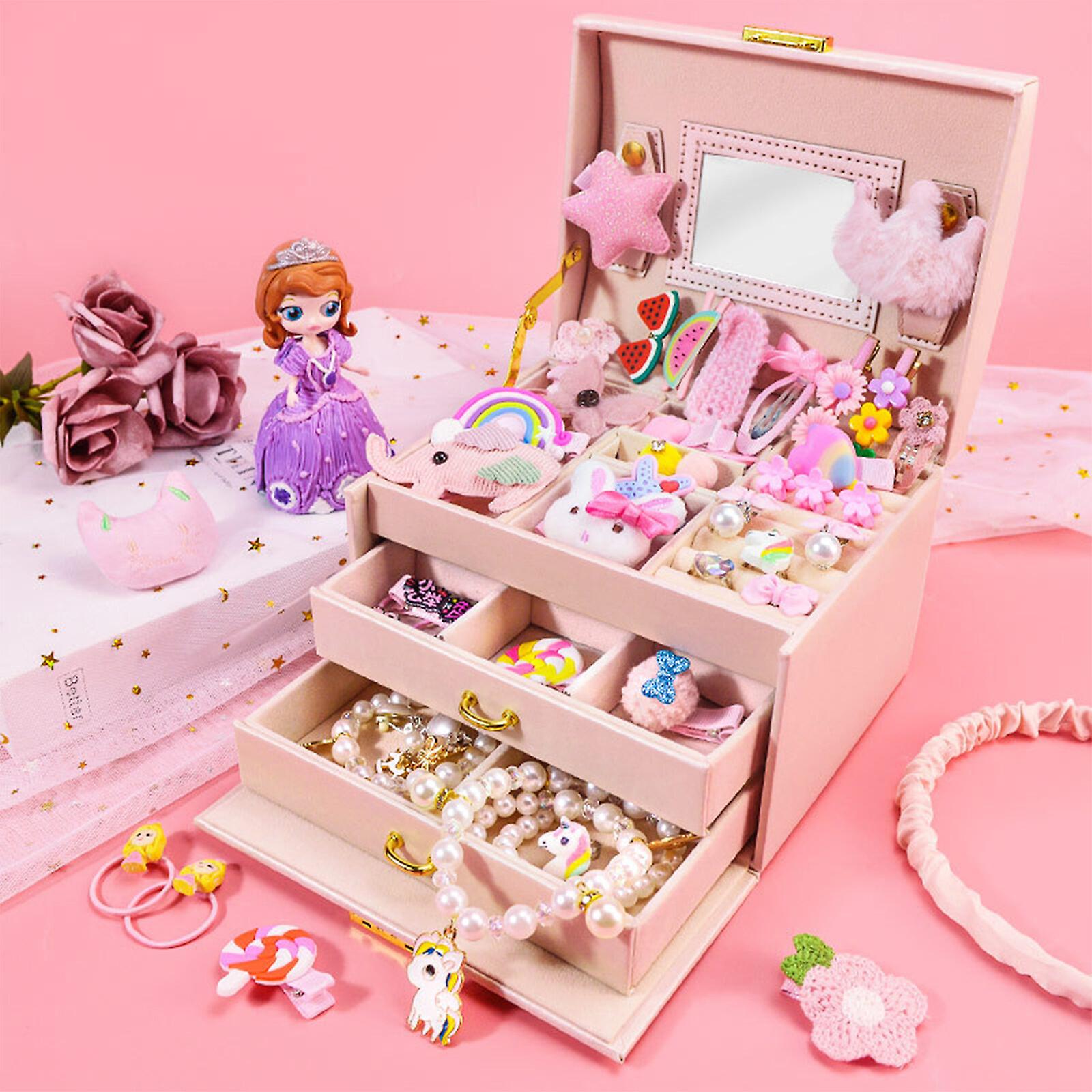
From Heirlooms to New Beginnings: Passing Down Jewelry Traditions
Heirloom jewelry often carries immense sentimental value and history. This article discusses the significance of introducing toddlers to family jewelry traditions, explaining how to select appropriate pieces for them and weaving narratives around their heritage. We explore strategies for preserving and caring for these treasures, teaching toddlers the respect and delicacy required in handling such items. Moreover, we delve into the cultural and historical contexts that can enrich a child’s understanding and appreciation of their family legacy.
Mindful Organization: Teaching Toddlers Life Skills Through Jewelry Management
Organizing a jewelry box may seem trivial, but it’s an excellent opportunity to instill essential life skills in toddlers. This article focuses on how categorizing and arranging jewelry can teach toddlers about planning, decision-making, and responsibility. We provide practical tips for setting up a system that encourages toddlers to independently manage their jewelry, such as color-coding compartments or using picture labels. Additionally, we discuss the benefits of routine maintenance, like cleaning jewelry, as a lesson in care and attentiveness.
In conclusion, selecting the perfect toddler jewelry box is a delightful endeavor that marries safety, design, function, and sentimentality. It’s about finding that magical little chest that not only protects their trinkets but also nurtures their growth, creativity, and understanding of the world. As they open the lid to reveal their treasures, let the journey of discovery, responsibility, and imagination begin.










